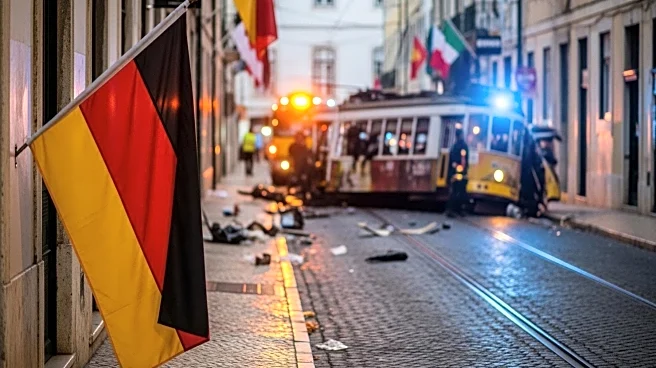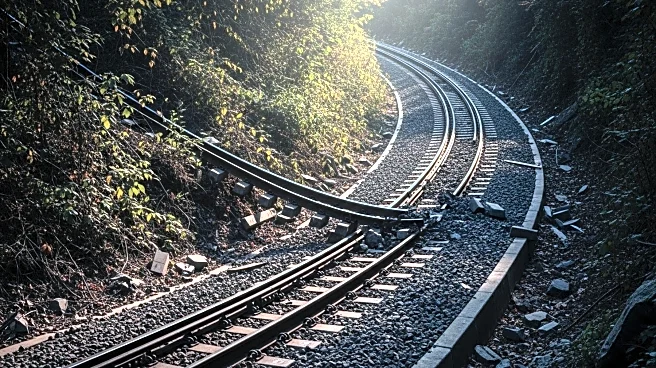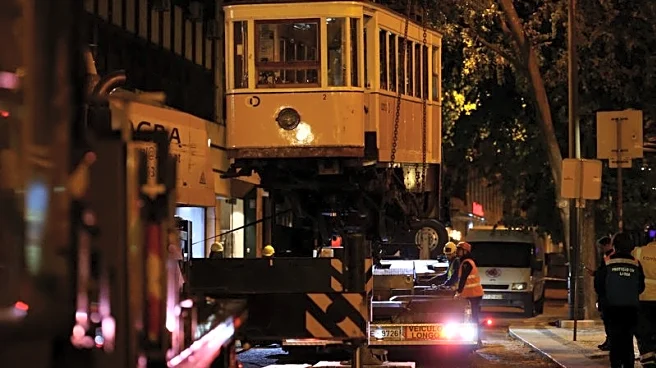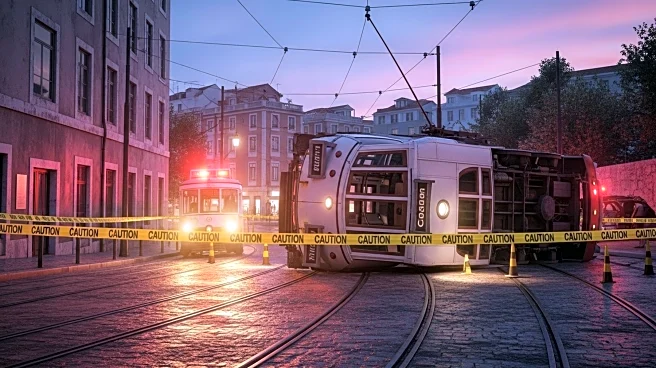What's Happening?
Initial findings from a government investigation into the Lisbon funicular crash indicate that a cable connecting two carriages snapped, leading to the derailment and subsequent crash that killed 16 people. Among the deceased were 11 foreigners, including individuals from South Korea, Switzerland, the UK, Canada, Ukraine, the US, and France. The cable had been installed less than a year ago and was not due for replacement for another 263 days. The brakeman attempted to apply the brakes, but they were insufficient to prevent the disaster. The crash occurred shortly after the carriages left their stations, traveling only six meters before the cable failure.
Why It's Important?
The crash has significant implications for public transportation safety and the reliability of infrastructure maintenance schedules. It raises concerns about the effectiveness of safety systems and the potential need for more frequent inspections and replacements of critical components. The incident also highlights the importance of emergency preparedness and response capabilities in preventing and mitigating the impact of such accidents. The loss of life, particularly among international tourists, could affect Lisbon's tourism industry and prompt a reevaluation of safety standards for public transport systems.
What's Next?
Further investigations are expected to provide more detailed insights into the cause of the cable failure and the adequacy of existing safety measures. The findings may lead to changes in regulations governing the maintenance and operation of funicular railways and similar transportation systems. Authorities may also consider implementing stricter safety protocols and increasing the frequency of inspections to prevent future incidents. The crash could prompt discussions on improving emergency response strategies and enhancing passenger safety.













